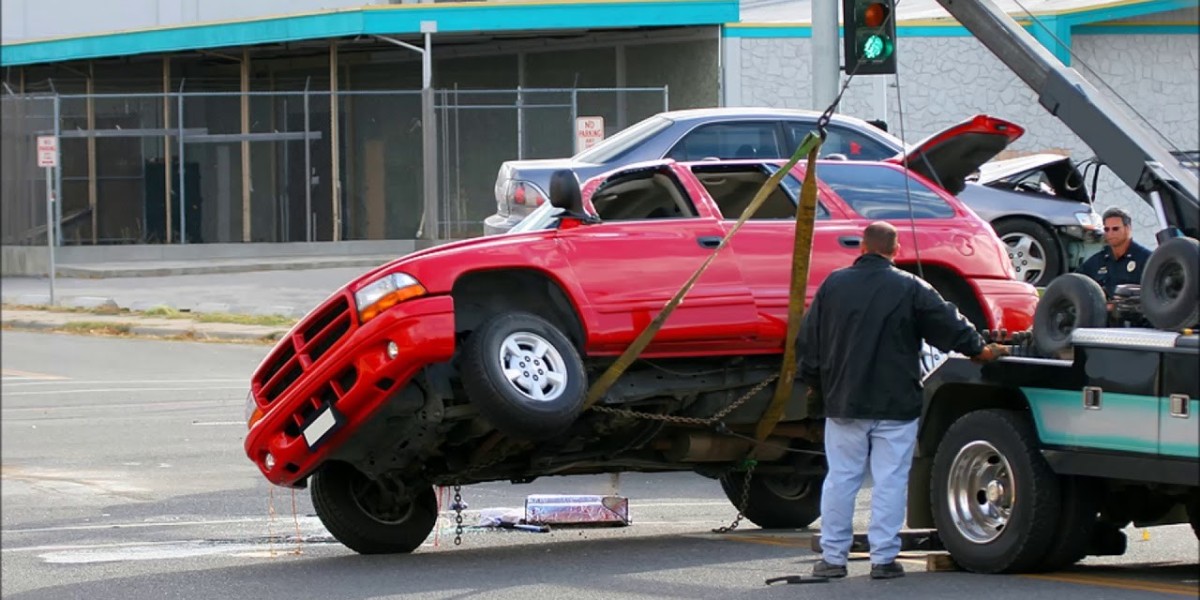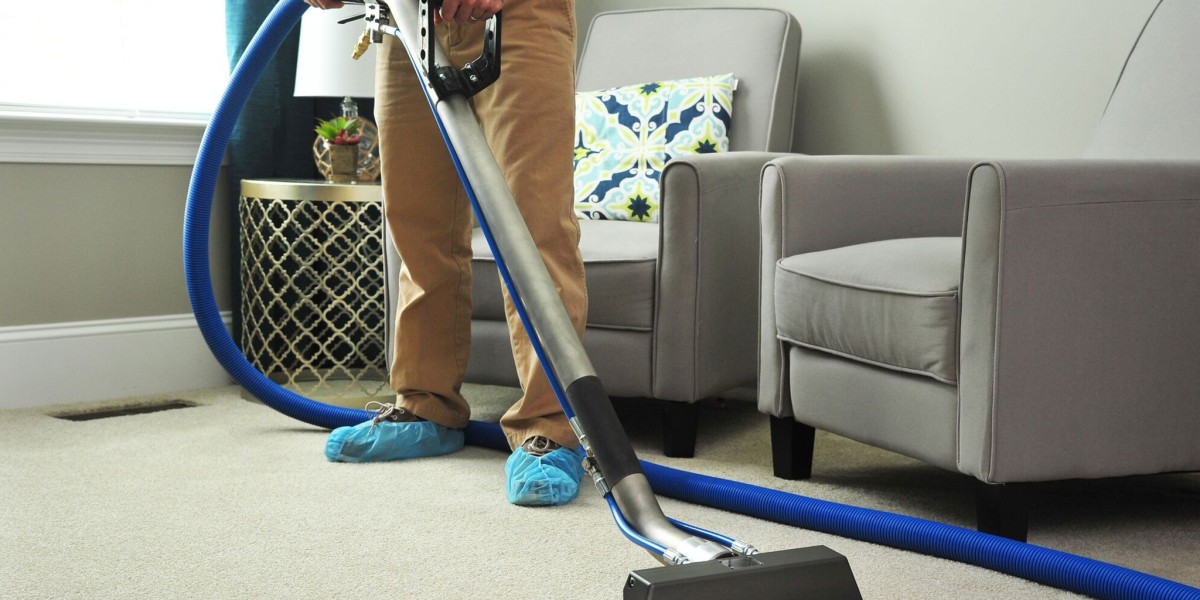When your car breaks down, gets into an accident, or refuses to start, the first thing you search for is car towing services. But here’s the catch: towing isn’t the same for every vehicle. A small sedan doesn’t require the same equipment as a semi-truck, and a motorcycle doesn’t need the same care as a bus. That’s why towing is divided into two main categories — heavy-duty and light-duty.
In this guide, we’ll explain the key differences in plain English. Whether you’re an everyday driver or a business owner managing a fleet, understanding which type of towing service you need will save you time, money, and stress.
Understanding Towing Services and Their Categories
Towing services are designed to safely move a disabled or damaged vehicle from one place to another. But not every tow truck is built for the same job. Let’s break it down.
What Is Light-Duty Towing?
Light-duty towing covers everyday vehicles like sedans, hatchbacks, compact SUVs, and motorcycles. This type of towing is the most common because it supports the majority of drivers on the road. Light-duty tow trucks often use flatbeds or wheel-lift systems to safely transport smaller vehicles. These trucks are nimble, fast, and perfect for roadside assistance calls in busy city streets.
What Is Heavy-Duty Towing?
Heavy-duty towing is designed for large, oversized, or commercial vehicles. Think semi-trucks, buses, RVs, garbage trucks, and heavy construction equipment. This service requires powerful tow trucks equipped with boom lifts, reinforced axles, and heavy-duty winches. The operators handling these jobs are highly trained because moving such large vehicles requires advanced skill and precision.
How Heavy-Duty and Light-Duty Towing Work in Practice
The way these services operate depends on the equipment and expertise involved.
The Equipment Used in Towing
Light-duty towing relies on flatbeds, wheel-lifts, and small winches. These trucks are built for quick roadside recovery, towing over short distances, or transporting lighter vehicles.
Heavy-duty towing, on the other hand, uses massive trucks with hydraulic systems, underlifts, and industrial-grade winches. These machines can recover vehicles that are flipped, stuck in ditches, or carrying tons of weight.
The Level of Training and Expertise Needed
Light-duty operators usually focus on fast, safe towing for smaller cars. Heavy-duty operators need advanced certifications and training, as they deal with massive loads, road safety risks, and specialized recovery techniques.
Common Mistakes People Make When Choosing Towing Services
Choosing the wrong type of service can lead to frustration and extra costs.
Confusing Vehicle Size and Towing Needs
A common mistake is assuming all tow trucks are the same. Calling a light-duty tow truck for a loaded semi is a waste of time, while sending a heavy-duty truck for a compact car can cost you extra.
Overlooking Roadside Assistance Options
Not every situation requires towing. For example, flat tires, dead batteries, or lockouts often fall under roadside assistance. Knowing the difference can save you money and get you back on the road faster.
Benefits of Choosing the Right Type of Towing Service
When you match the right towing service with your vehicle, you get peace of mind and better results.
Why Light-Duty Towing Is the Best Choice for Everyday Drivers
If you drive a personal car, light-duty towing is affordable, quick, and reliable. The equipment is specifically designed to move small to medium vehicles without damage.
Why Heavy-Duty Towing Is Critical for Commercial Vehicles
For businesses, heavy-duty towing is essential. Large trucks and buses can block highways, cause safety hazards, and create costly downtime. Heavy-duty tow trucks prevent further damage, reduce risk, and get vehicles cleared fast.
Real-World Use Cases for Heavy-Duty vs. Light-Duty Towing
Still unsure which one you’d need? Here are examples that make it clear.
Examples of Light-Duty Towing Situations
– A sedan that won’t start in a parking lot
– A motorcycle needing transport to a repair shop
– A small SUV after a minor collision
– A flat tire where the car can’t be driven safely
Examples of Heavy-Duty Towing Situations
– A jackknifed semi-truck on the freeway
– A charter bus that broke down during a trip
– An overturned dump truck
– Transporting construction equipment like bulldozers or cranes
Actionable Tips for Choosing the Right Tow Truck Company
Picking the right towing provider makes a huge difference when emergencies strike.
Questions to Ask Before Calling a Tow Truck
– Do you provide both light-duty and heavy-duty towing?
– What’s your average response time?
– Are you licensed, insured, and locally based?
– Do you offer roadside assistance in addition to towing?
Local Considerations for Choosing Towing Services
Always look for a towing company that knows your area. Local providers respond faster, understand traffic routes, and are often more affordable. At DR Towing and Transport, based in Phoenix, AZ, we offer both heavy-duty and light-duty towing with trained operators and modern equipment. Our team is available 24/7 to help drivers and businesses get back on the road safely. You can find us at 4600 E Washington St, Phoenix, AZ 85034.
Frequently Asked Questions About Towing Services
How do I know if I need heavy-duty or light-duty towing?
If your vehicle is a standard car, motorcycle, or small SUV, light-duty is enough. Large trucks, buses, or machinery require heavy-duty towing.
What’s the cost difference between the two?
Light-duty towing is usually less expensive because it involves smaller equipment and quicker jobs. Heavy-duty towing costs more due to the specialized trucks and labor involved.
Can the same towing company handle both types?
Yes, reliable companies like DR Towing and Transport handle both heavy-duty and light-duty towing, so you only need one trusted provider.
How fast can a heavy-duty tow truck arrive compared to a light-duty one?
Light-duty trucks are usually quicker since they’re more common. Heavy-duty trucks may take longer depending on availability, but local providers with the right fleet respond faster.
Are flatbed trucks used for both heavy-duty and light-duty towing?
Yes, flatbeds are versatile. Smaller flatbeds are common for light-duty towing, while larger ones are built for heavy-duty jobs.
Conclusion
Knowing the difference between heavy-duty and light-duty towing helps you make the right call when your vehicle breaks down. Using the proper service not only saves money but also prevents damage and ensures safety. Whether you’re a daily commuter or a fleet manager, choosing the right type of car towing services is critical.
At DR Towing and Transport in Phoenix, we’ve built our reputation on fast, reliable, and professional service. If you ever find yourself stuck on the road, our team is ready 24/7 to provide the right towing solution for your needs.








